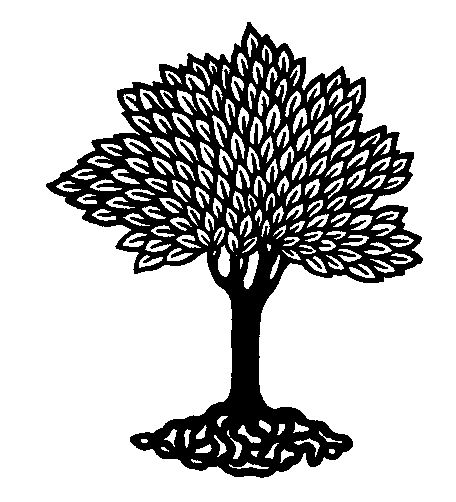
 |
Plant Taxonomy (BIOL308) - Stephen G. Saupe, Ph.D.; Biology Department, College of St. Benedict/St. John's University, Collegeville, MN 56321; ssaupe@csbsju.edu; http://www.employees.csbsju.edu/ssaupe/ |
Seed Study
I. Eudicot Seed -
no endosperm. In these species, the endosperm is reabsorbed during seed
development and stored in the embyro (typically in the cotyledons). Thus,
in the mature seed there is little endosperm but the embryo is usually
nutrient-rich.
A. Beans.
Obtain a soaked lima, kidney bean or other bean seed. Locate the hilum and micropyle. Squeeze the seed slightly
and observe a drop of water from the micropyle region. Remove the seed coat. Now, pull
apart the two halves (cotyledons) of the seed. What is the function of the cotyledons?
What is inside the cotyledons? Locate the remainder of the embryo. Look for the hypocotyl
and radicle on the end. Locate the epicotyl (plumule).
B. Peanut.
Can you identify the: pericarp, seed coat, embryo (cotyledons,
epicotyl or plumule, hypocotyl). Which part(s) do you eat? If this is a
fruit, why does it grow underground?
II. Eudicot seed -
with endosperm. In these species, the embryo is surrounded by a "sea of
endosperm." The cotyledons in these species are usually thin (little
nutrient storage) and often organs that help funnel endosperm nutrients to the
embryo.
Study the seed provided.
III. Monocot Grain
Study a corn grain. Observe the pericarp. On the front side, look for the U-shaped
depression indicating the position of the embryo. Just above the depression is a slight
projection, the silk scar. What part of the plant is the silk? The sharp end of the grain
is the peduncle, where it was attached to the ear. Then, cut through the grain to expose
the embryo. Note the endosperm tissue. Note the single large cotyledon and the embryo.
|
| Top | Plant Tax. Home | SGS Home | Disclaimer | |
Last updated:
08/20/2007 / � Copyright by SG
Saupe